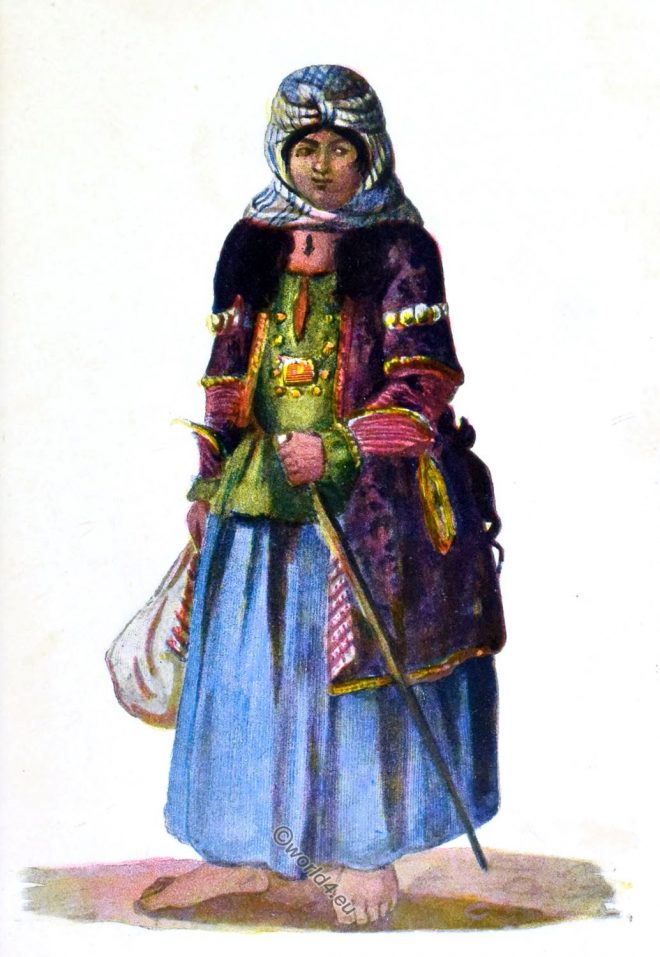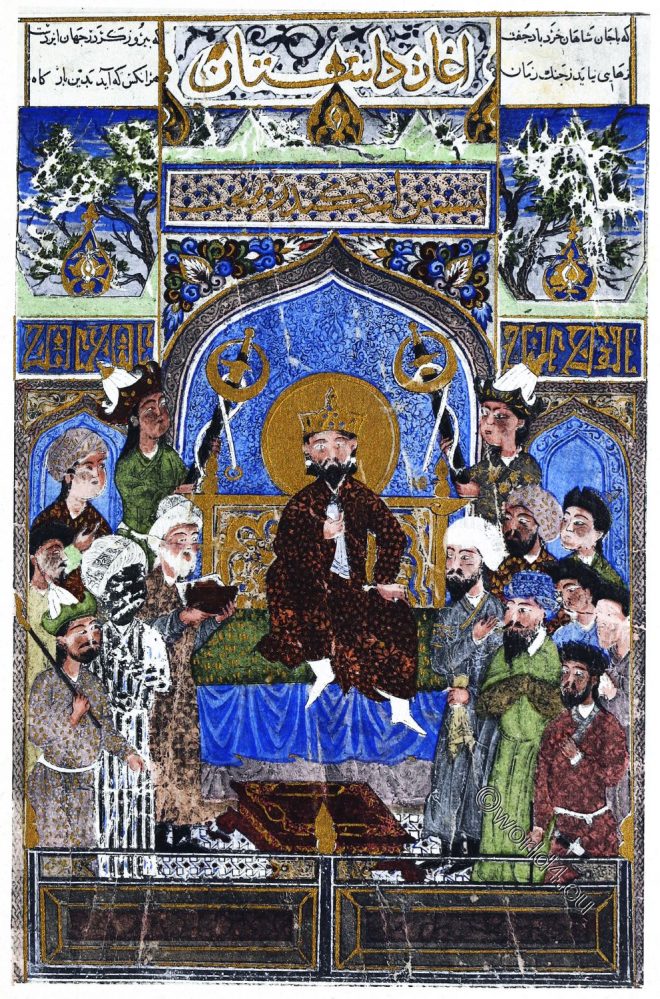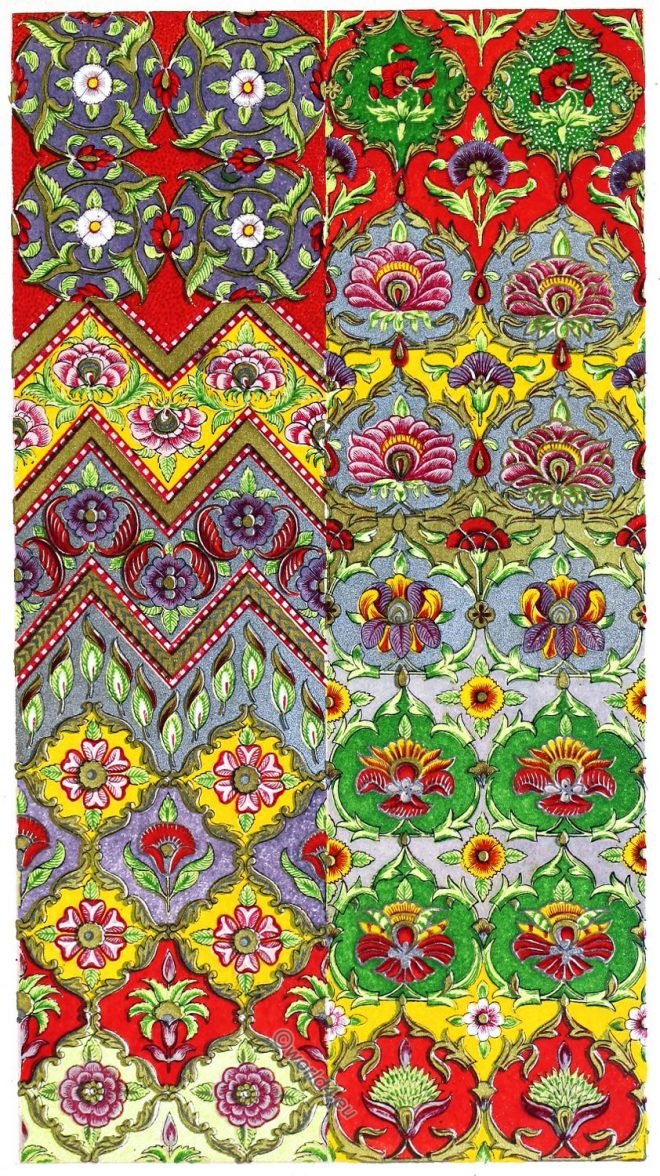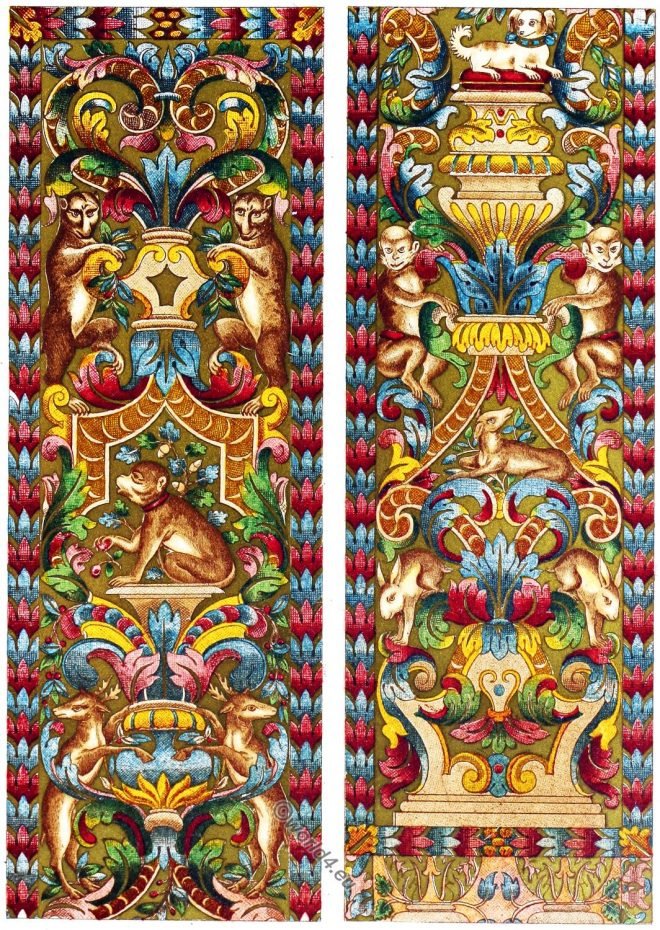War, race and triumphal chariots. Greek soldier. Leader in full armor. Different types of the Greek helmet and weapons.
Category: Genre
Roman soldiers and gladiators. Function, armor and armament.
The legionnaires: The triarii, the impediti, the eques, the Centurio, the phaleratus, the military tribune – Caesar Imperator. – The signifer, the vexillarius. The gladiators: the mirmillo, hoplomachos, the retiarius.
Roman headgear and hairdos of antiquity.
Rome. Headgear and hairstyles. Roman fashions after murals and bronzes. The causia, hairnets, wigs, caliendrum.
Port Bathy and Capital of Ithaca. The Neritos of Homer.
This is the port which is exhibited in the present view, and the lofty mountain beyond its entrance is the Neritos of Homer. Views in Greece by Edward Dodwell. London, 1821.
Elisabeth Amalie Eugenie, Duchess of Bavaria (also called Sisi).
Empress Elisabeth of Austria wearing a courtly gala dress designed by Charles Frederick Worth, 1865, with Diamond Stars by Franz Xaver Winterhalter, 1865.
Persian characters at the end of the 19th century. Travel to Iran.
Golnabat Khanoum (Mrs. Sugar-candi) of the Susmani tribe.
The Book of Kings. Page from the Shahnameh. Persian art, 15th century.
The Shahnameh is the longest epic poem in the world written by a single poet. It is considered as a literary masterpiece.
Sheet of designs for textile fabrics of a persian designer.
Oriental art. Sheet of designs for textile fabrics, reproduced from the pattern-book of a persian designer.
Wall Papers, designed by Walter Crane, 1918.
Fig and Peacock. Golden Age. Wood Notes.
Italian embroidered silk hangings. The treasury of ornamental art. 16th c.
THIS engraving shows the upper and lower portions of a vertical panel, supposed to have originally formed a pilaster or border to a piece of tapestry.










